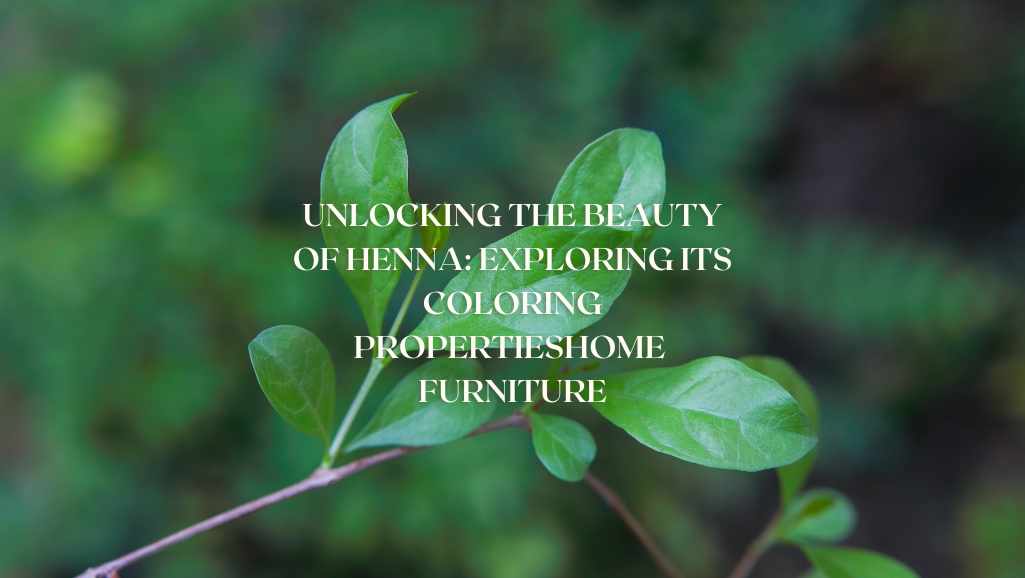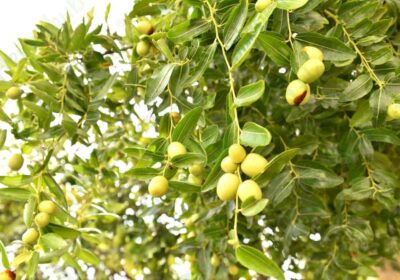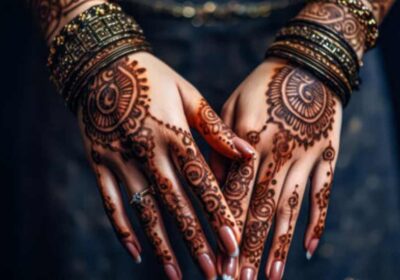Unlocking the Beauty of Henna: Exploring its Coloring Properties: Since ancient times, people have treasured henna, a natural dye made from the Lawsonia inermis plant, (Beauty of Henna)for its vivid colouring abilities. This essay explores the fascinating world of henna and its amazing capacity to add vibrant, long-lasting colour to skin and hair.
Introduction to Henna
Henna, also known as Lawsonia inermis or Mehndi, holds a special place in cultural traditions worldwide. From intricate body art designs to luxurious hair coloring, henna has been embraced for its natural allure and versatility.
Significance of Henna Coloring Properties
The coloring properties of henna extend far beyond mere aesthetics. They embody cultural symbolism, personal expression, and a deep connection to nature’s bounty, making henna an integral part of beauty rituals and celebrations. Beauty of Henna
The Science Behind Henna Coloring
Key Components of Henna
Henna owes its coloring prowess to a compound called lawsone, found in the leaves of the Lawsonia inermis plant. When activated by moisture and oxygen, lawsone binds with proteins in the skin or hair, resulting in a rich, reddish-brown stain.
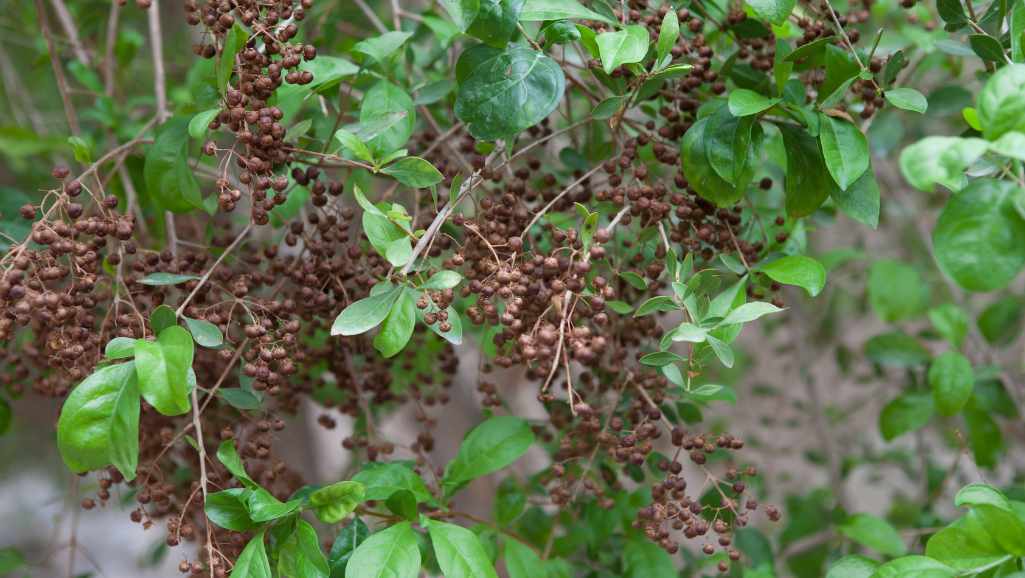
Mechanism of Henna Color Development
Upon application, henna paste forms a semi-permanent bond with the keratin in the outer layers of the skin or hair shaft. This bond gradually darkens over time, reaching its peak intensity within 24 to 48 hours and fading gradually over several weeks. Beauty of Henna
Varieties of Henna Colors (Unlocking the Beauty of Henna)
Natural Color Variations
Henna offers a spectrum of hues ranging from deep burgundy to light orange, depending on factors such as the concentration of lawsone, the duration of application, and individual skin or hair chemistry.
Factors Influencing Color Intensity
The intensity of henna color can vary based on factors such as the quality of the henna powder, the pH level of the skin or hair, and the duration of contact with the dye. Additionally, heat and moisture can accelerate the color development process.
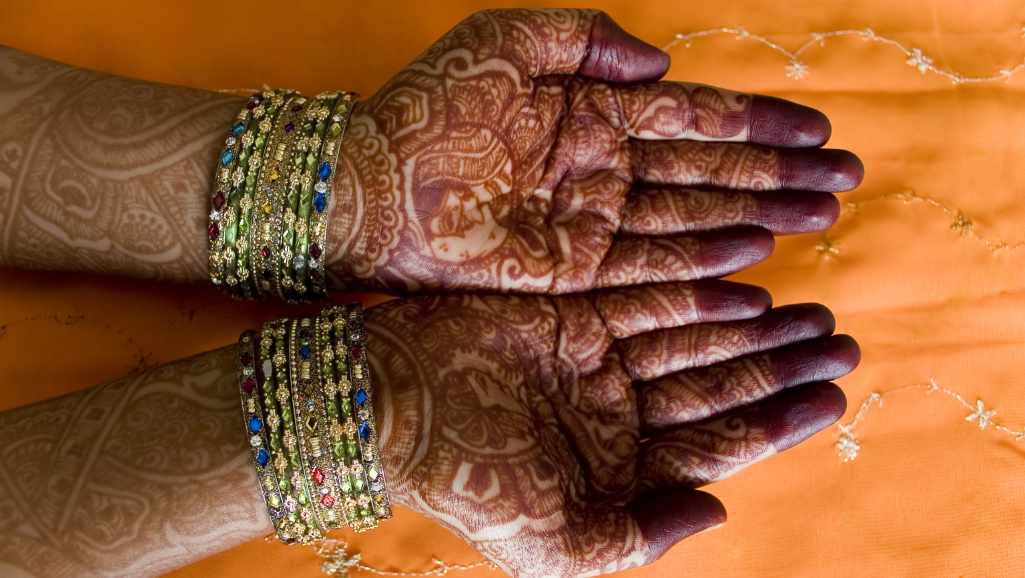
Applications of Henna Coloring
Body Art
Henna body art, or mehndi, is a centuries-old tradition that transcends cultural boundaries. From intricate bridal designs to festive celebrations, henna adorns the skin with temporary beauty and symbolism, fostering a sense of joy and connection.
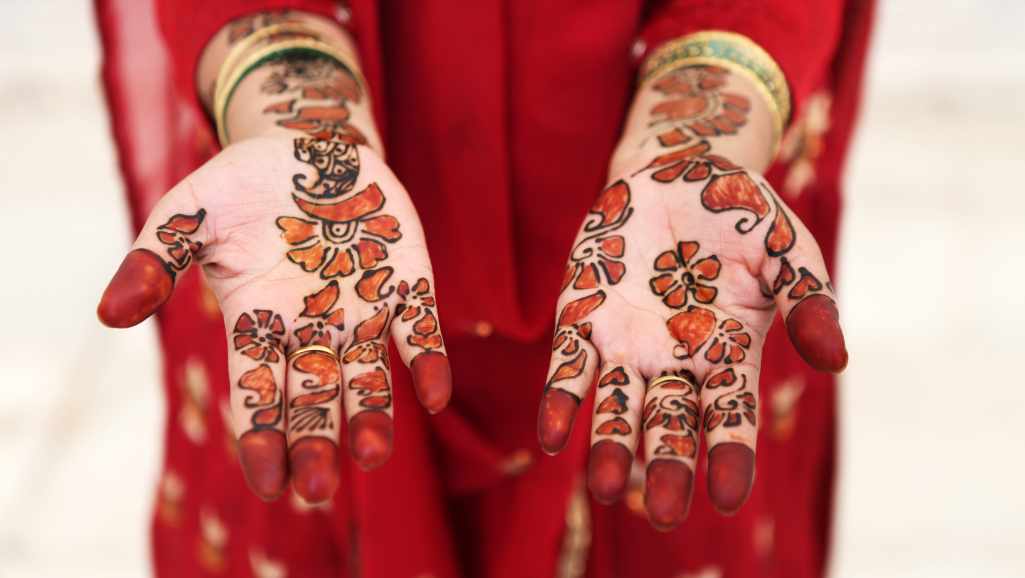
Hair Dyeing
In the realm of hair care, henna offers a natural alternative to synthetic dyes, imparting vibrant color while nourishing the hair and scalp. Its conditioning properties leave the hair soft, shiny, and fortified, making it a beloved choice for those seeking natural beauty solutions.
Benefits of Using Henna for Coloring
Natural Ingredients
Unlike chemical dyes that may contain harsh additives, henna is derived from pure plant materials, making it a safe and gentle option for coloring skin and hair. Its natural composition minimizes the risk of adverse reactions and promotes overall hair health.
Conditioning Properties
In addition to its coloring benefits, henna acts as a natural conditioner, smoothing the hair cuticle and enhancing its texture. Regular use of henna can improve the strength, elasticity, and manageability of the hair, reducing breakage and frizz.
FAQs about Henna Coloring
How long does henna color last?
Henna color typically lasts between one to three weeks on the skin and several weeks to months on the hair, depending on factors such as application technique, aftercare practices, and individual hair growth cycles.
Can henna cause allergic reactions?
While henna is generally well-tolerated, some individuals may experience allergic reactions, especially if they have sensitivities to other plant-based dyes or additives. Performing a patch test prior to extensive application can help mitigate the risk of adverse reactions.
Is henna safe for all hair types?
Henna is suitable for most hair types, including straight, curly, and textured hair. However, individuals with chemically-treated or damaged hair should exercise caution, as henna’s dyeing properties may interact with existing treatments or compromise hair health.
Can henna be mixed with other ingredients?
Yes, henna can be combined with various natural ingredients such as indigo, amla, or cassia to customize the color and enhance conditioning properties according to individual preferences.
How to achieve the desired henna color?
Achieving the desired henna color requires careful consideration of factors such as henna powder quality, application technique, and processing time. Experimentation and patience are key to achieving optimal results.
Conclusion
In conclusion, henna and its coloring properties embody the essence of natural beauty and cultural heritage. From intricate body art designs to lustrous hair coloring, henna offers a timeless allure that transcends trends and fosters self-expression. Embrace the magic of henna and unlock a world of color and creativity.
Shop Now: Click here
Read More: Click here
#hennaart #hennadesigns #naturalbeauty #hennatattoo #haircare #bodyart #naturalhairdye #mehndi #hennapowder #selfexpression #culturalheritage #hennacoloring #plantbasedbeauty #beautyrituals #heenastore #hennahubindia

